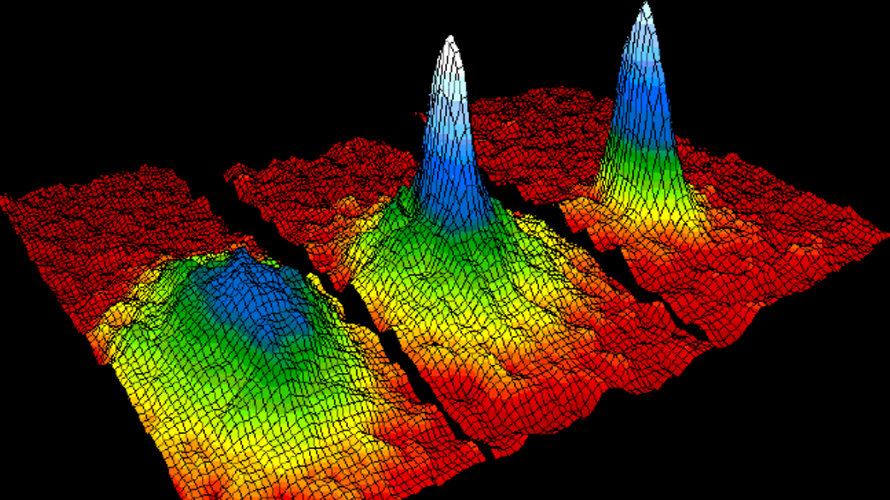
The Wayfarer project also found that areas of very high gravity gradient variation – such as mountainous California – saw higher precision compared to the opposite, such as the flattish Noordwijk in the Netherlands.
However, a more sensitive CAI gravimeter would in turn produce a higher frequency of gravity gradient measurements, producing further improvements in map matching in turn – potentially following the ‘simultaneous localisation and mapping’ SLAM approach developed for robotics navigation, where maps are created by a robot at the same time its movement is tracked.
"These two very interesting projects were performed under the NAVISP Element 1, whose main goal is to generate innovative concepts, techniques, technologies and systems linked to the Position Navigation and Timing sector, along the entire value chain," explains Stefano Binda, NAVISP Element 1 Manager at ESA.
"Other quantum technologies are also being assessed by NAVISP, including quantum communications for authentication and time and frequency transfer, optical atomic clocks based on light rather than radio frequency emissions and quantum computing."



